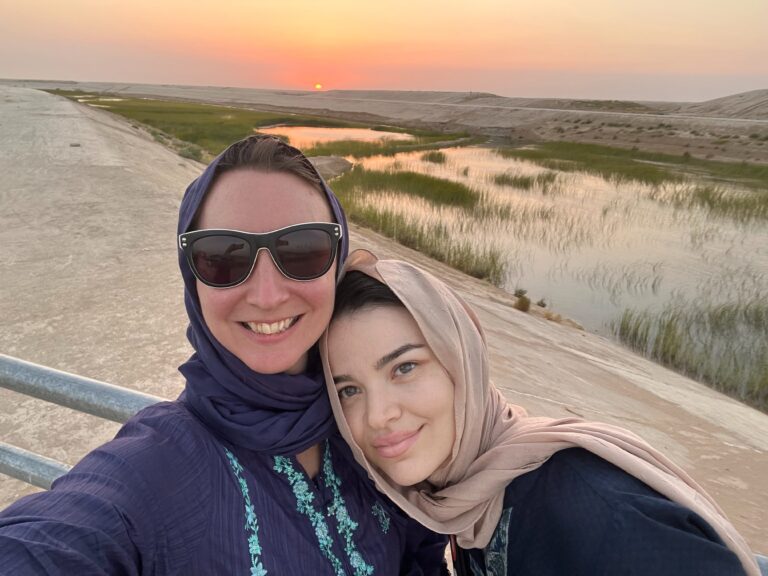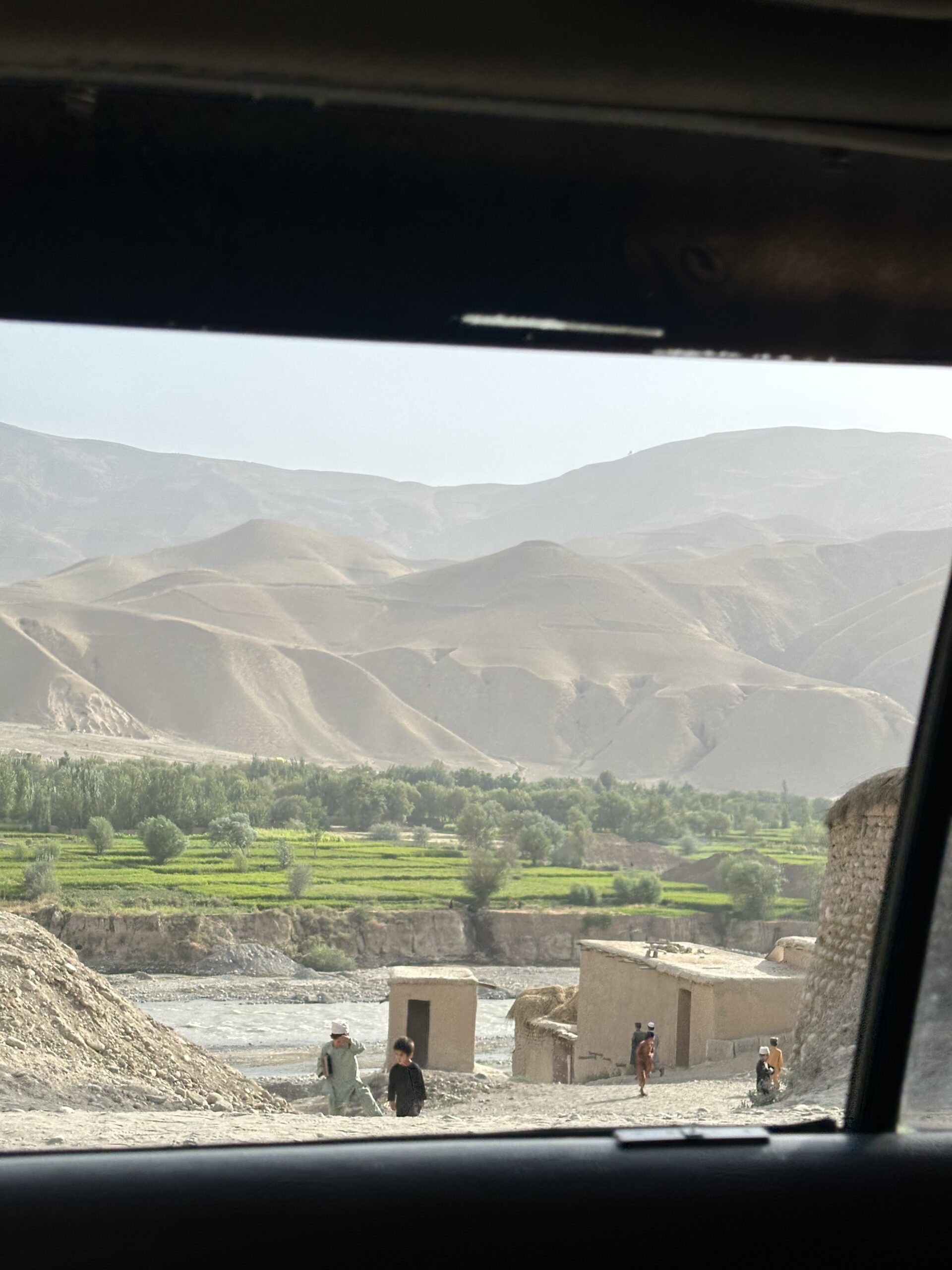When we first planned the Oxus Expedition in 2020/21, we expected to enter Afghanistan at Ishkashim, the border town split between Tajikistan and Afghanistan, which is the gateway to the Wakhan Corridor. This is where I [Sophie] had crossed the border on three previous trips, and although the bridge / border was closed due to COVID restrictions, I expected that to be a temporary situation and one which could be resolved, if need be, with special permission from Dushanbe




Five years on, COVID is little more than a memory but the Ishkashim border hasn’t reopened, a sign of the uneasy diplomatic relationship between the two countries. You can cross further west at Sher Khan Bandar, but for us it was more convenient to go straight from Uzbekistan to Afghanistan, saving the need for yet another Tajik visa.
Road travel within Afghanistan is much easier and safer than it was under the previous Afghan government. The Taliban proudly advertise the improved security situation, even though one major reason for it is that they themselves are no longer planting roadside bombs or kidnapping foreigners for ransom. We could therefore drive — without a convoy or armed escort — from the Hairatan border crossing to Mazar-i Sharif, then via Kunduz to Faizabad and Ishkashim. That part of the journey, on reasonable roads, would take two days.
Once in the Wakhan Corridor, we continued east, still by car but at a much slower pace. The roads in the valley, though extended and improved in recent years, are still little more than dirt tracks, with frequent river crossings and other obstacles. As the altitude increases significantly, it is also necessary to acclimatise, so we stopped a night in the guesthouses in Qala-e Panja and in Sarhad-e Broghil. The new road from Sarhad to Bozai Gumbaz is hair raising, and although I had full trust in our driver, Abdurahmon, I could not say the same for the car, which rattled, squeaked, and generally complained, especially on precarious downhill stretches when the brakes were applied.
In the Little Pamir, overlooking Lake Chaqmaqtin, I finally felt that the Oxus Expedition might actually conclude this year. The late, turquoise and idyllic, with peaks and glaciers either side, has often been described as the source of the Oxus, though that was one thing we were out to disprove.
There is now a road along the northern shore of Chaqmaqtin to Tajikistan, and another through the Wakhjir Valley to China, though the latter hasn’t yet opened the border crossing. Where we were going — the Chelab Valley — there was still no road, so we left the 4×4 in the Kyrgyz winter settlement at the valley’s mouth and transferred our baggage to two horses and a donkey. Mahmud Omar and Ahmad, two young Kyrgyz men, joined us for the next four days to care for them. Bags packed, we set off on foot to establish a base camp half way along the valley, around four hours’ walk from the vehicle.